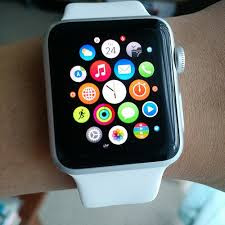Creating a QR code has become child's play
QR CODE
For some years now, major brands have been using the QR code, the modern-day bar code that can be scanned with a smartphone camera. Often placed on the packaging of a product, it connects the real world and the virtual by offering useful content (a coupon, a place on Google Maps, a video ...). Thanks to many generators available on the internet, it is now very easy to create a QR code.The QR code was born in 1994 in Japan, created by the Japanese company Denso-Wave, then used for spare parts in Toyota's factories. It is becoming more and more popular in Europe. In Japan, it has its standard (JIS X 0510) and its ISO / IEC 18004 standard was approved in June 2000. Nevertheless, there are many formats (Maxi code, QR code, Shortcode, Datamatrix, Colorzip ...), but the best known is the QR code. "QR" stands for Quick Response because the contents of this black and white square can be decoded quickly. Unlike a traditional barcode, the QR code can hold a lot of information. It can be composed of 7089 numeric characters and 4296 alphanumeric characters. The normal barcode can only store up to 13 characters.
A QR code is like a digital tag that will link to a website link, a social network page, an email, an SMS, a Wifi access, a phone number, or a text message.
Although the creation of a QR code has become accessible to all on the Internet, it still needs to be useful. Indeed, without an effective communication or marketing strategy, your QR code will probably be ignored and useless. The QR code must offer a real opportunity to your fans or customers.
The visibility of the QR code is also very important. On a package, it is often small and the location must be well thought out. We must strive to be creative and original, by placing, for example, the QR code in unusual and visible places (at the top of a building, on the sidewalk of a busy street, on a vehicle ...).
Passersby will not notice your QR Code if you do not have interesting content to share. However, if you offer a trailer of your last video accessible only by QR Code and affixed in front of a busy place, or if your QR Code gives you the right to a promotional advantage against sharing on social networks, you will surely be able to draw attention.
Since the QR code does not require any special support, its cost of deployment remains low. It can be printed directly on paper, fabric or even displayed by screens (in a video on the Internet, in the cinema, on television ...). This offers many perspectives for communication and application fields while allowing you to experiment very quickly and at low cost.



Comments
Post a Comment